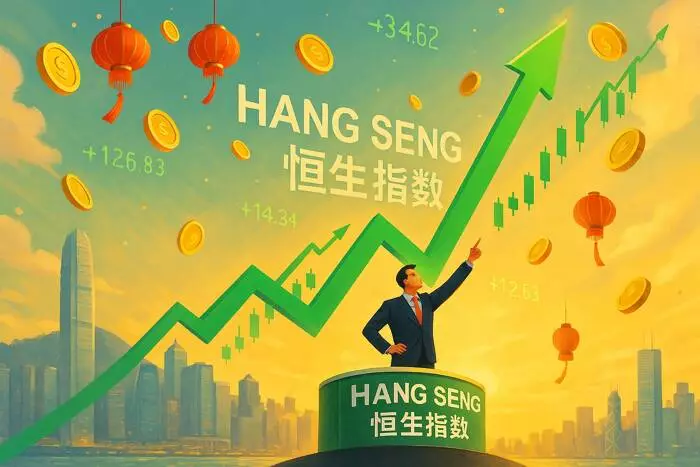The week ending May 9 presented a tumultuous landscape for investors as the Asian markets reported mixed results. The Hang Seng Index stood out, showcasing a notable 1.61% increase, marking a four-week resurgence. This rise can be attributed to a blend of stimulating economic measures from Beijing and a reduction in tensions between the US and China. The positive sentiment surrounding Hong Kong-listed stocks reflects a broader trend of market recovery, driven largely by confidence in the electric vehicle (EV) sector.
While the Hang Seng’s overall performance was promising, the dichotomy within sectors is telling. EV-related stocks—particularly Geely Automobile Holdings, Li Auto, and BYD Co. Ltd.—were shining examples of growth, with increases ranging from 1.2% to over 10%. This stark contrast is indicative of the shifting investor focus towards sectors perceived as future-ready. Yet, despite these gains, other key sectors like housing and technology found themselves submerged in losses. The Hang Seng TECH Index notably dipped by 1.22%, underscoring the volatility prevalent within this space.
The Ripple Effects of Stimulus and Trade Optimism
Conversely, mainland China’s equity markets exhibited a boost, reaching five-week highs fueled by trade optimism. The CSI 300’s 2% rally and the Shanghai Composite Index achieving a 1.92% gain highlight the interconnectedness of market sentiments fueled by global trade dynamics. This synchronized rise reflects optimism about potential agreements that could reduce ongoing trade tensions—a critical factor influencing investor sentiment.
However, not all commodities followed suit. Gold managed to recover from the previous week’s decline with a 2.88% gain, closing at $3,327. This recovery emphasizes the cautious optimism permeating through the markets as uncertainty lingers. Meanwhile, WTI crude oil prices took a positive turn, rising 4.38% amid indications of softening trade barriers. The volatility displayed in the realm of commodities is emblematic of the unpredictable economic climate heavily influenced by US-China relations.
Sector Discrepancies: A Closer Look at the ASX 200
In stark contrast to the Hang Seng Index’s rally, the ASX 200 index broke a three-week winning streak by slipping 0.08%. This downturn suggests that while some regions display resilience, others are still grappling with the repercussions of earnings misses and sector weaknesses. Banking giants such as ANZ and Westpac reported significant losses—4.55% and 6.7%, respectively—following disappointing earnings results. Such performance has raised questions about the sustainability of rallies in other sectors, particularly tech and gold.
On a brighter note, the S&P/ASX All Technology Index managed to carve out a 2.5% increase, reflecting a growing trend towards tech adaptation amid changing consumer behaviors. This duality reveals the fragmented nature of recovery within the Australian market, where tech continues to thrive against a backdrop of stagnation elsewhere.
Japanese Equities Surge on Trade Optimism
The Nikkei 225 displayed impressive strength, surging by 3.61%, heavily driven by trade optimism and a favorable exchange rate bolstering Japanese exports. The depreciation of the yen is a double-edged sword; while it enhances export competitiveness, it also foreshadows potential hurdles for domestic consumption. Key players in the tech sector, such as Tokyo Electron and Softbank Group, reaped the benefits of this invigorated market, underscoring the correlation between currency dynamics and market performance.
Upcoming data releases, including the US Consumer Price Index (CPI) and retail sales figures, along with key economic indicators from the Asia-Pacific region, will serve as vital touchpoints for investors seeking insight into market direction. The conversation around inflation, particularly regarding recent data from China indicating softening demand, will additionally play a role in shaping expectations.
Market Outlook: Vigilance in Volatility
As we navigate this complex landscape, it’s crucial for investors to remain vigilant regarding trade developments, policy shifts, and central bank communications. With multifaceted market dynamics and potential economic headwinds, understanding the intricate interplay of these influences is more essential than ever. The interplay of optimism amidst cautious undercurrents will ultimately determine the trajectory of markets in the weeks to come. Keeping a pulse on these evolving narratives will be critical for any investor looking to capitalize on emerging trends and safeguard against potential downturns.

